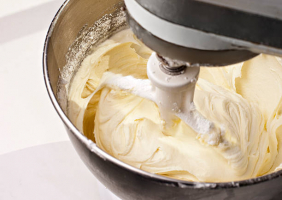Top 10 Tips for Preserving Your Family History
People have traced their ancestors and attempted to understand their family history throughout history. This has traditionally been difficult, but there are ... read more...many tools available in the modern world to assist you in researching and preserving your family history. Let's find out the Tips for Preserving Your Family History below!
-
Genealogical or family history research is the process of searching records for information about relatives and using that information to connect individuals to previous and subsequent generations. If you are unfamiliar with your family history, you will need to conduct some research before you can begin preserving it. There are numerous approaches you can take, but you can begin with online genealogical research tools.
You can search for digital records such as birth and death dates and certificates, census records, and newspaper archives on a variety of platforms. The information contained in these can be extremely useful and can provide significant insights into your family history dating back hundreds of years, or even further in some cases. Some platforms provide access to a large number of historical records in a variety of languages at a very low cost.
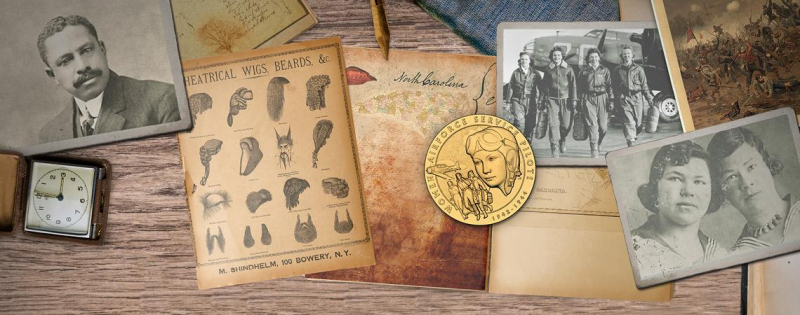
via: State Library of North Carolina 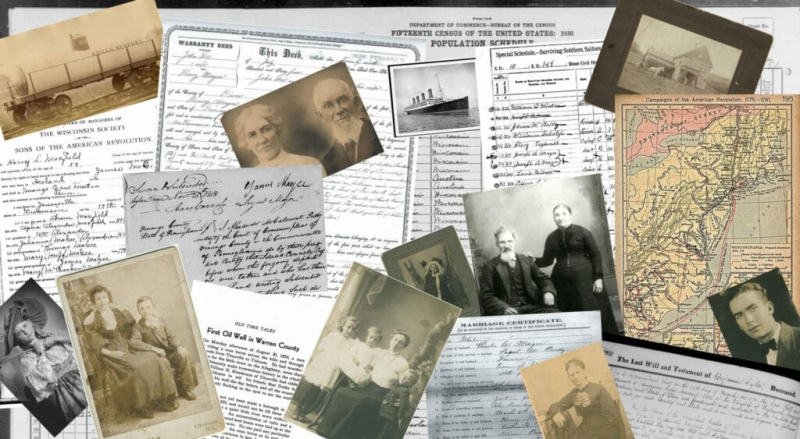
via: Family History Daily -
A family tree is a graphical representation of a person's ancestors that traces relationships back to common ancestors. This diagram is usually presented in a tree structure, similar to an org chart, with one individual as the root. Building your own family tree is a great way to pass down your family history to future generations. This will assist you in piecing together your ancestry and determining your roots.
Your genealogical research should serve as the foundation for your family tree. Many genealogical research tools include family tree builders, which allow you to quickly and easily create a visual tree. Some even allow you to collaborate with others by sharing your entire family tree. The genealogical research tools are extremely intuitive and simple to use, and you can view your family tree in a variety of different layouts. You can also create individual profiles for different family members, making it an excellent tool for information gathering.
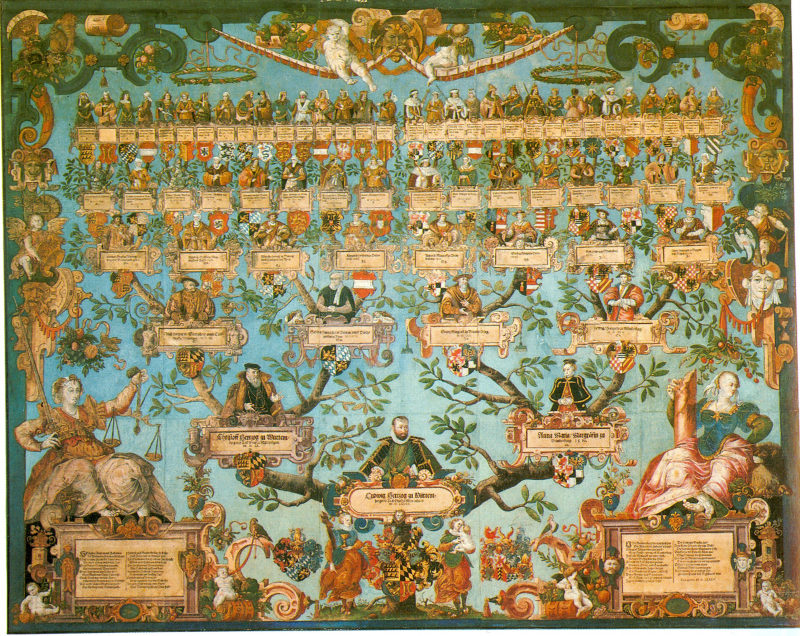
via: wikipedia 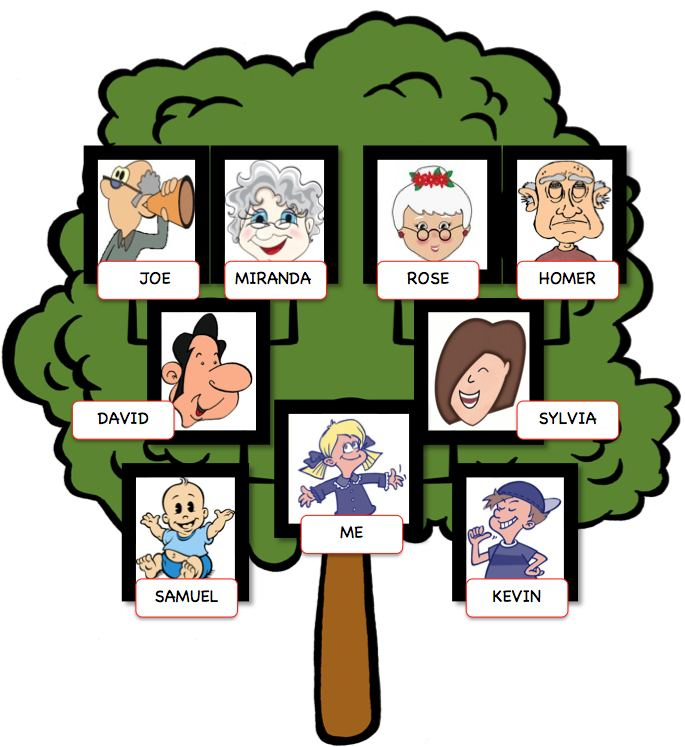
via: English Exercises -
The DNA test analyzes DNA information from two or more individuals' chromosomes to determine the genetic relationship, and thus the blood relationship. Consumer-level DNA testing has grown in popularity in recent years, with reasons ranging from health concerns to inheritance issues and parenting disputes. A sample of the person's blood, skin, amniotic fluid, or other tissue will be collected and sent to a laboratory for analysis, depending on the type of test. Typically, DNA test kits allow you to collect a small DNA sample with a swab or saliva collection vial and send it to a lab for analysis. Most kits are less than $100 and provide a variety of genetic information.
Many tests provide information about the ethnicity of your ancestors, which you can use to inform your family history search. You may also receive information about the likely migration paths of both sides of your family. Some platforms even enable you to search for unknown relatives who have taken a similar DNA test.

via: Crushing Colonialism 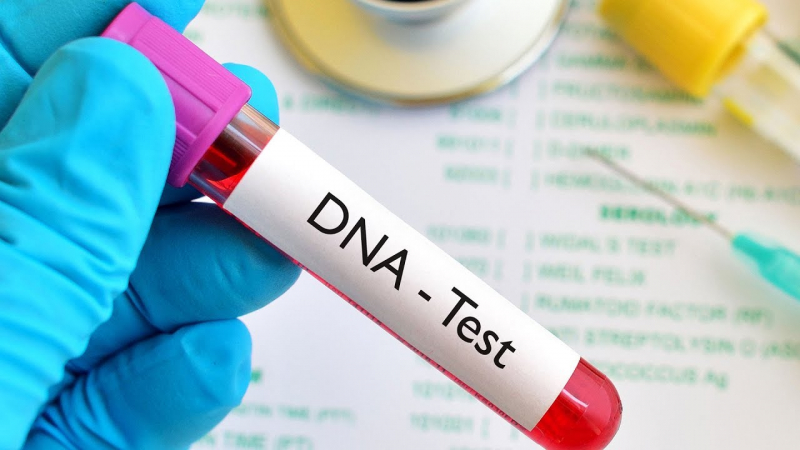
via: Crushing Colonialism -
Families are realizing that having their own family website is the best option. It offers a safe and secure environment for sharing and preserving family history while avoiding the drawbacks of social media sites. Many of these family websites serve multiple purposes. They provide a number of services, including message boards, blogs, calendars, and others. They also have visually appealing, user-friendly interfaces.
Getting started is extremely simple, and you can usually start with a pre-designed website template. All you have to do is add your own content, hit the publish button, and keep updating it as you learn more. Furthermore, it is simple to create a password-protected website to keep your memories private. Of course, you are free to share the password with anyone you want to have access to it. It's even possible to password-protect certain sections of a website while making some of your family history information public.

via: PRIME TAX 
via: Web Design - LoveToKnow -
If your family has strong culinary roots, chances are you have a few family favorites that have been passed down for generations. You may not realize it, but these are most likely an important part of your family's history and tradition. You can ensure that your family recipes are preserved for future generations by creating a family recipe book. Begin with your favorites, and then ask older family members if they can recall any dishes with a strong family connection.
One of the best aspects of a cookbook is its versatility. You get to decide what goes in your cookbook, how long it is, and how it looks. With so many options, it is beneficial to select a clear theme to guide and focus your project. You should collect your recipes, along with photos and stories. After that, you can decide how you want to create your book and how it will look, and then bring it to life. You can make your project look like a traditional cookbook, a simple binder, or even a collection of recipe cards.
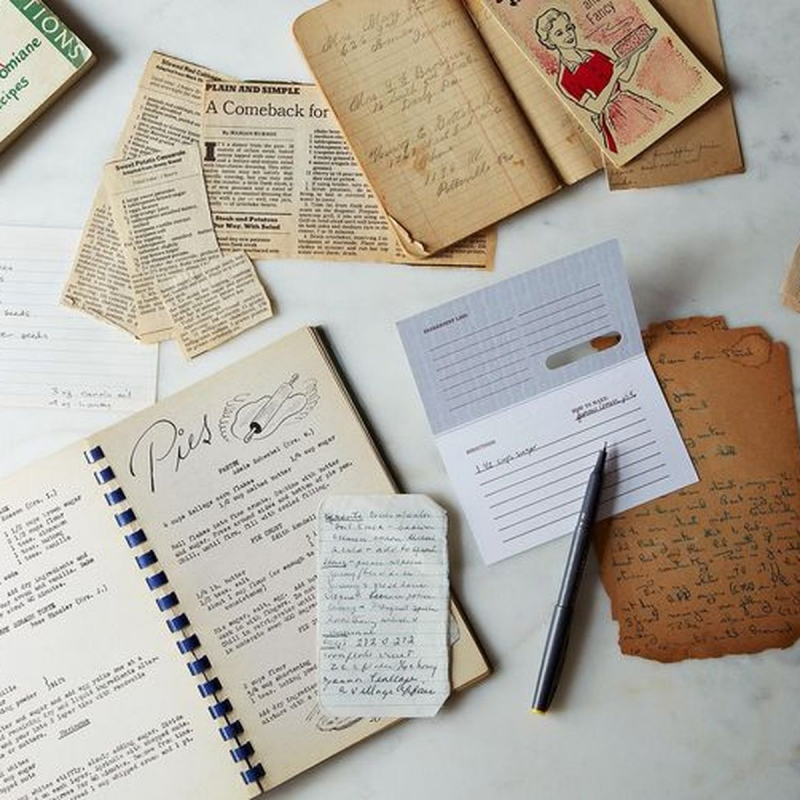
via: Food52 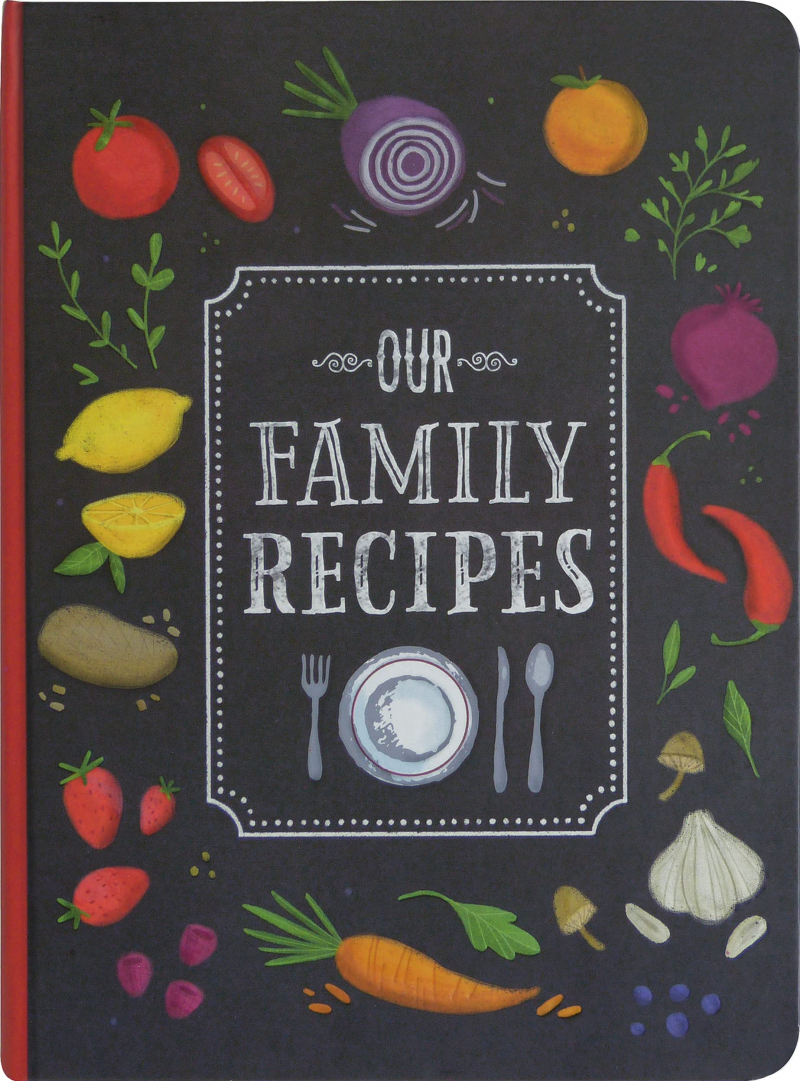
via: Amazon.ca -
This one certainly won’t be for everyone, but writing a family history book is arguably the best method of preserving family memories. It will require a significant amount of effort, but the results can be extremely rewarding and result in a written record of your family history that can be passed down over the years. You will need to spend some time researching your history and gathering information.
Every author meticulously crafts a family history book. To begin, consider all of the research, family stories, photos, periods, events, people, documents, and memorabilia that you might include in your family history book, and then consider the scope of your book. You can start writing your book's rough draft. You must use a good style sheet for source documentation before selecting the photos and documents that will be used to illustrate the book. A content edit improves clarity and organization for a more polished manuscript. An editor can read a rough draft for a developmental edit and suggest ways to supplement and revise the content to help shape it. Family histories are usually complex illustrated books, so they need design beyond word processing.
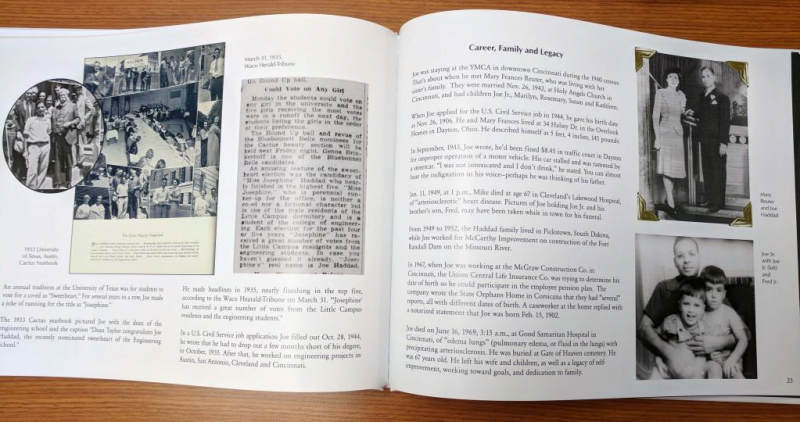
via: Family Tree Magazine 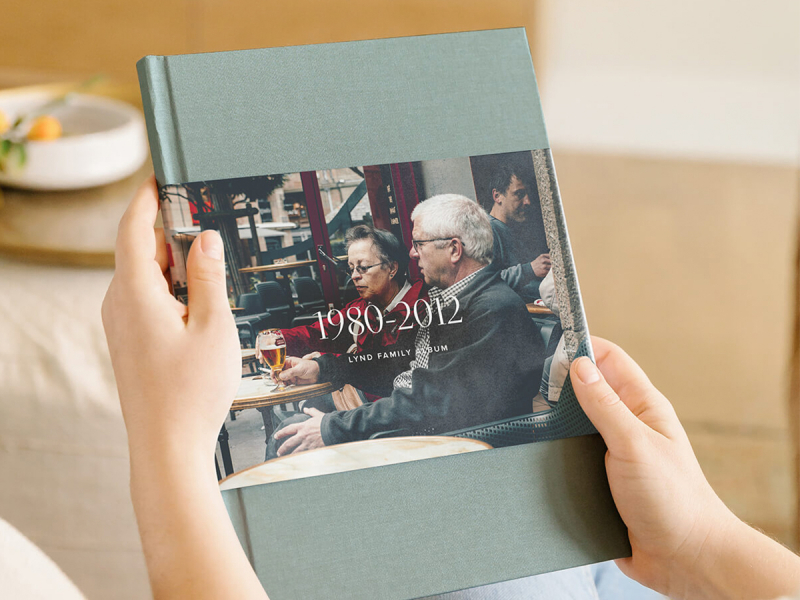
via: Artifact Uprising -
Countless homes across the country have a box or two of old photos or negatives tucked away in a dusty corner, slowly deteriorating with the passage of time. If you are serious about preserving your family history, it may be time to dig these up and make sure they are properly preserved. With the right equipment, preserving family photos can be a breeze.
In most cases, you will be able to scan them and convert them to a digital file, ensuring that you always have a backup. These can also be digitally enhanced to reveal new information and tell stories about your forefathers. When it comes to physical copies, the National Archives website suggests using specially-made preservation files or folders to ensure your photos aren't damaged while in storage.
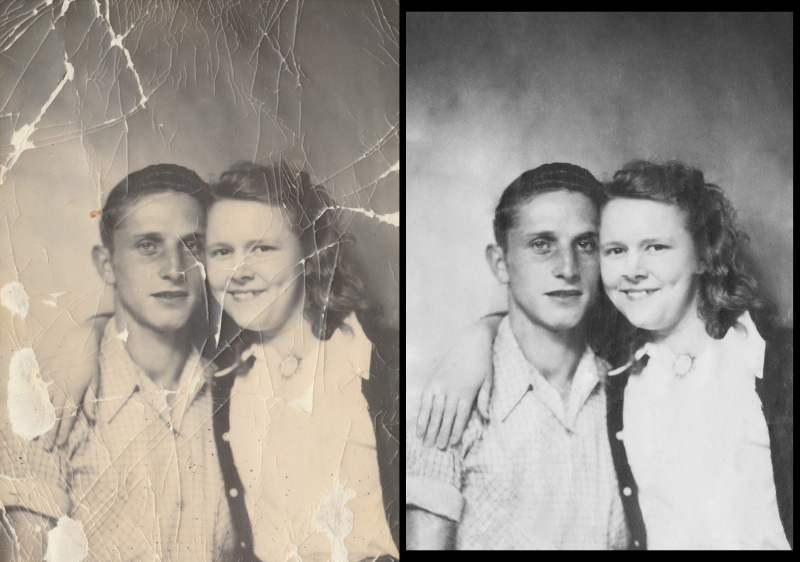
via: Fiverr 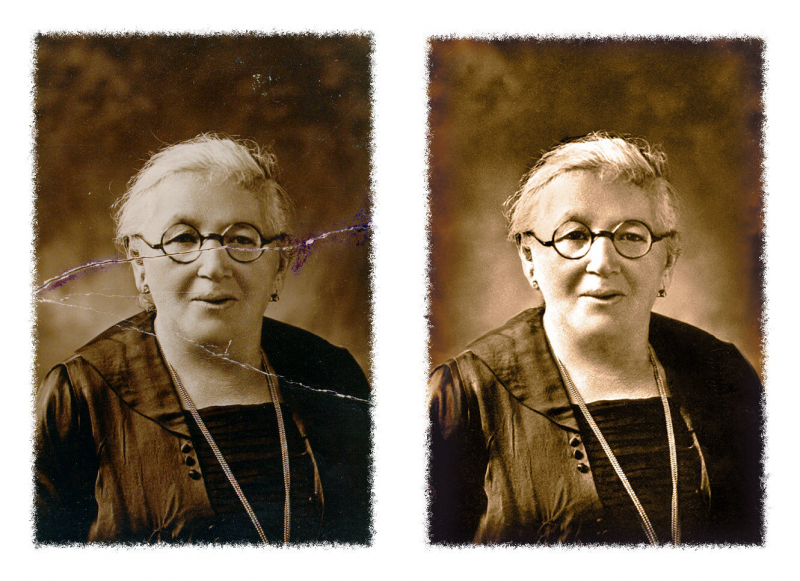
via: Karen Vaisman Photography -
Although it may appear to be an obvious step, it is frequently worthwhile to speak with older relatives about your family history. It's amazing how much an elderly aunt or uncle knows about old family secrets. Begin by asking family members if they would mind answering a few questions or talking about your ancestors. Don't ignore relatives you don't get along with or know well, as these people may have useful and unique information.
You might want to record your conversations with relatives as an audio file for future reference. At the very least, take some notes on your cellphone or with a pen and paper. It is important to remember that the accuracy of dates, names, and events can be a little shaky. You should take notes on the information you are given so that you can later verify the accuracy of the details through records and additional research.

via: The Good Care Group 
via: Griswold Home Care -
Family heirlooms do not always have monetary value, but they are often priceless in terms of sentimental value. Family heirlooms are items to be treasured and valued. Someone's favorite childhood book could be an important heirloom. An ancestor's jewelry, could range from monetarily valuable rings and bracelets to the sentimentally valuable costume or toy jewelry, a scrapbook or an old family photo album, or a love letter or diploma on fragile paper,... Many items are passed down from generation to generation, but over time, they can become worn or damaged.
To ensure these remain in good condition for future generations to enjoy, you might need to make some special preservation efforts. These might include placing items in a specially controlled display, in extreme cases. Or, it could be as simple as having heirlooms restored and repaired by a professional.
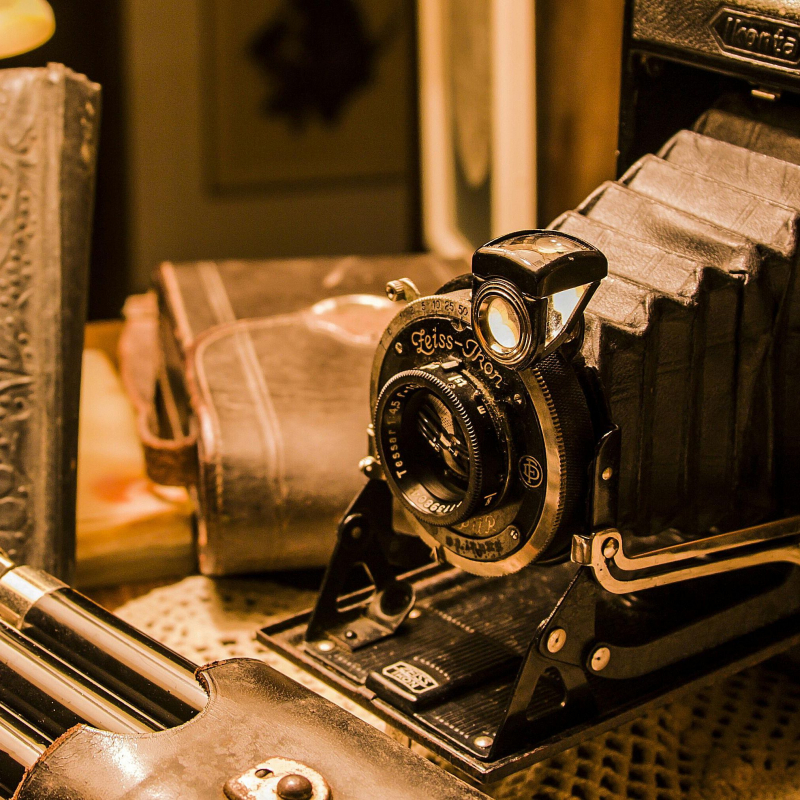
via: ThoughtCo 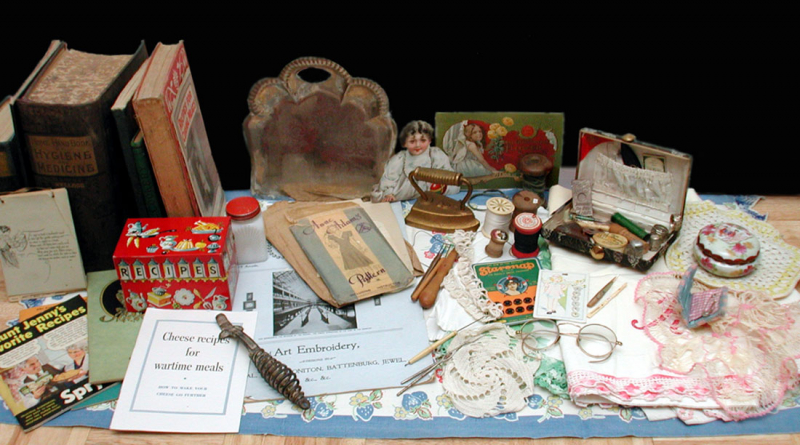
via: Hobble Creek -
Genealogical research is quickly becoming one of the most popular hobbies in the country, and there are a plethora of social groups to join. Specialized genealogical societies, for example, typically involve physical communities of like-minded individuals. Joining a few family tree research groups on social media may also be beneficial. Facebook, for example, has a plethora of user groups.
These aren't always useful for specific information, but they can be beneficial for discussing general research strategies and methods of preserving family roots and heritage. At the same time, you might meet someone who can assist you with your research. Local social media groups, especially if your family has deep geographical roots, can be unexpected gold mines.

via: R&B Management Group - WordPress.com 
via: Healthy Chesapeake















